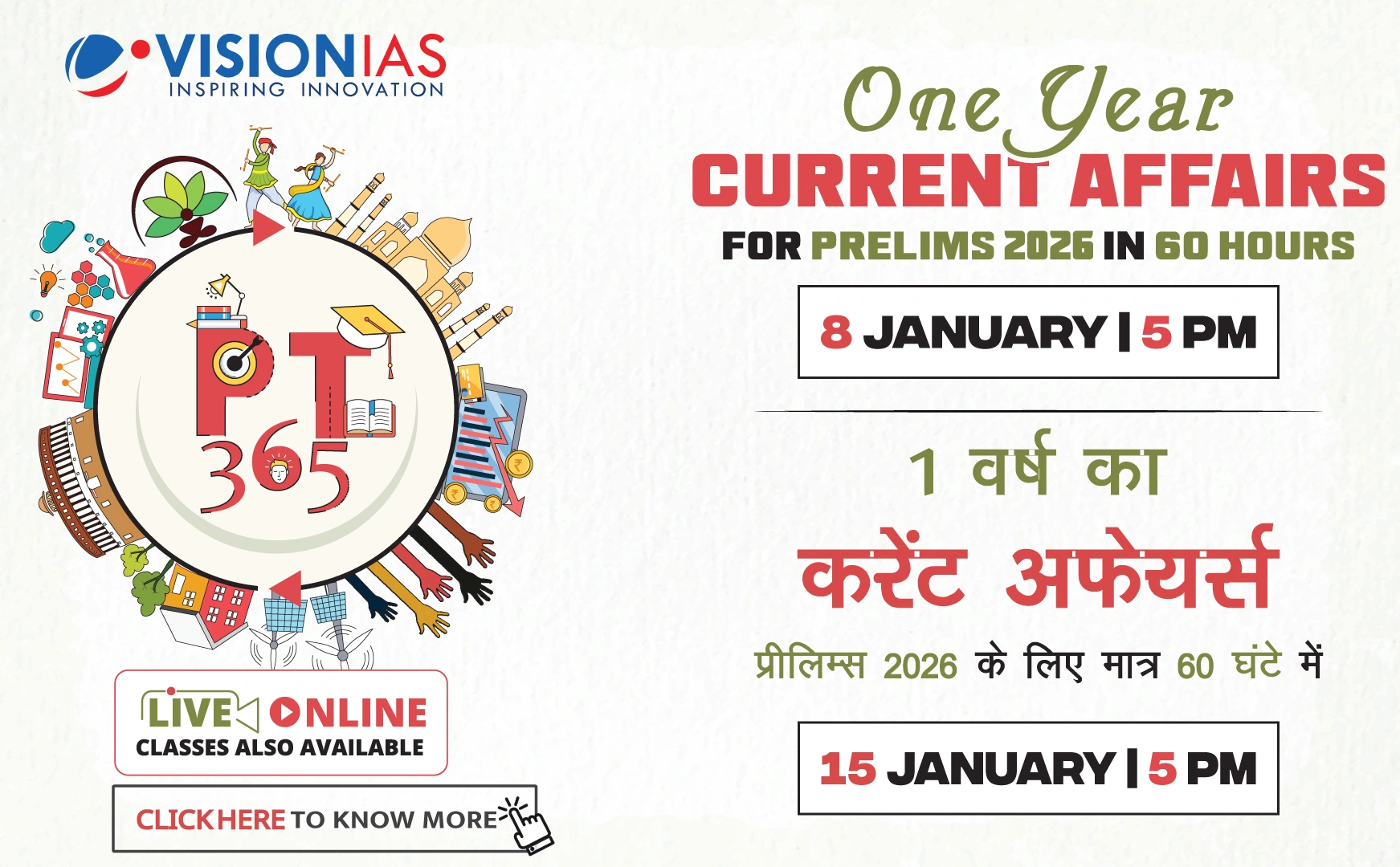Reserve Bank of India (RBI) Regulatory Measures and Financial Stability
Sanjay Malhotra, the RBI Governor, emphasized that it is not the regulator's role to make decisions for bank boards. He stressed that the focus of the RBI is on financial stability, especially in the context of recent regulatory reforms.
Key Regulatory Measures
- The RBI announced 22 regulatory measures including:
- Approval for banks to finance acquisitions.
- Higher limits on loans against shares.
- Draft norms for transitioning to the Expected Credit Loss (ECL) framework for loan loss provisioning.
- These reforms aim to provide banks with more freedom to conduct business.
Financial Health of Indian Banks
- Indian banks have improved significantly over the last decade with better financial health.
- Key improvements include:
- Credit and deposits have expanded nearly threefold in the past 10 years.
- Capital buffers have strengthened.
- Asset quality improvements:
- Gross NPAs reduced to 2.3% and Net NPAs to 0.5% by March 2025.
- Enhanced profitability:
- Return on Assets increased to 1.37% and Return on Equity to 14% by 2024-25.
Balance Between Innovation and Stability
- Malhotra highlighted the need for balance between innovation and financial protection.
- The removal of restrictions on acquisition financing aims to benefit the real economy.
- Safety measures include:
- Limiting bank funding to 70% of deal value.
- Debt to equity ratio limits.
- Aggregate exposure limits relative to Tier-1 capital.
External Sector and ECB Norms
- The revised External Commercial Borrowing (ECB) norms have removed all-in cost ceilings.
- India's external sector is robust with:
- Current account surplus of USD 13.5 billion in Q4 FY25.
- Foreign exchange reserves of USD 690-700 billion.
- The recalibration of the ECB framework is a step towards India's financial evolution, linking borrowing limits to the borrower's net worth.



